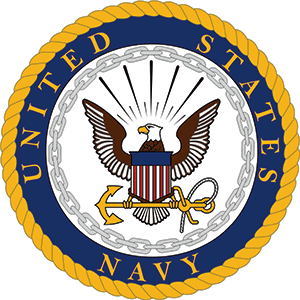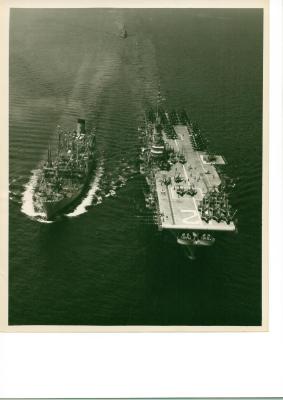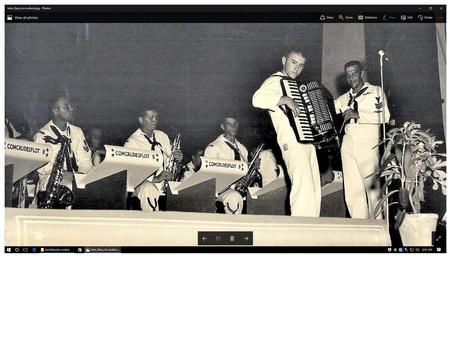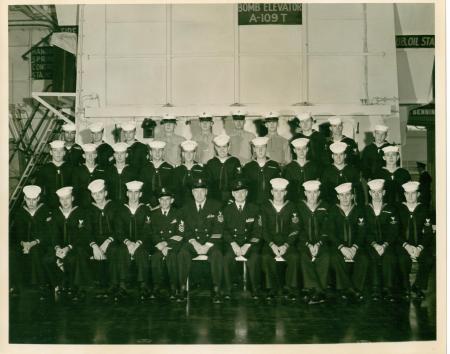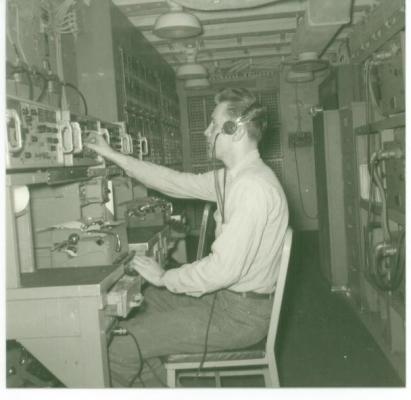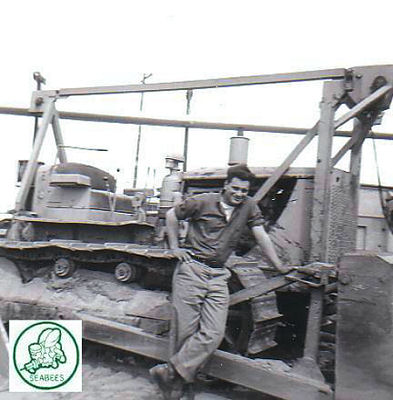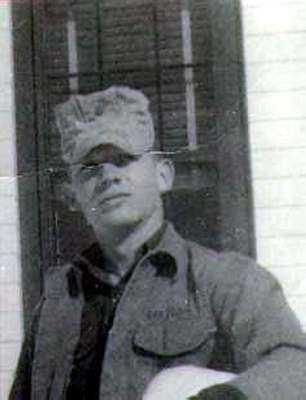ABOUT COMCRUDESGRU1, 32ND STREET SAN DIEGO
- Origins and Meaning: COMCRUDESGRU 1 stands for "Commander, Cruiser-Destroyer Group 1," a major U.S. Navy surface warfare command headquartered at 32nd Street Naval Station, San Diego. It was responsible for the operational readiness of cruisers and destroyers in the Pacific Fleet.
- Formation: The group traces its roots back to the reorganization of U.S. Navy surface forces after World War II, with its modern incarnation being activated in the early Cold War era.
- Cruisers and Destroyers: COMCRUDESGRU 1 oversaw some of the Navy’s most advanced ships, including Ticonderoga-class cruisers and Arleigh Burke-class destroyers, often leading carrier strike group escorts.
- Vietnam War Service: Ships under COMCRUDESGRU 1 saw extensive combat operations during the Vietnam War, providing naval gunfire support, plane guard duties, and anti-air warfare.
- Gulf War Role: During Operation Desert Storm in 1991, COMCRUDESGRU 1 units participated in Tomahawk missile strikes and maritime interdiction operations in the Persian Gulf.
- Flagship Status: The flagship of COMCRUDESGRU 1 was often a guided missile cruiser, such as USS Long Beach (CGN-9) or USS Princeton (CG-59), from which the commodore directed group operations.
- Merger and Redesignation: In 2004, COMCRUDESGRU 1 was merged and redesignated as Commander, Carrier Strike Group 1 (CCSG-1), reflecting the Navy’s shift to integrated carrier strike group operations.
- International Exercises: The group frequently participated in multinational exercises such as RIMPAC (Rim of the Pacific), enhancing interoperability with allied navies.
- San Diego Legacy: Located at Naval Base San Diego (32nd Street), the command has contributed significantly to the city’s identity as the “Navy Town” and influenced the local economy and culture.
- Historic Leadership: Many of the Navy’s future admirals and leaders commanded or served with COMCRUDESGRU 1, using their experience to shape future naval strategy and doctrine.

